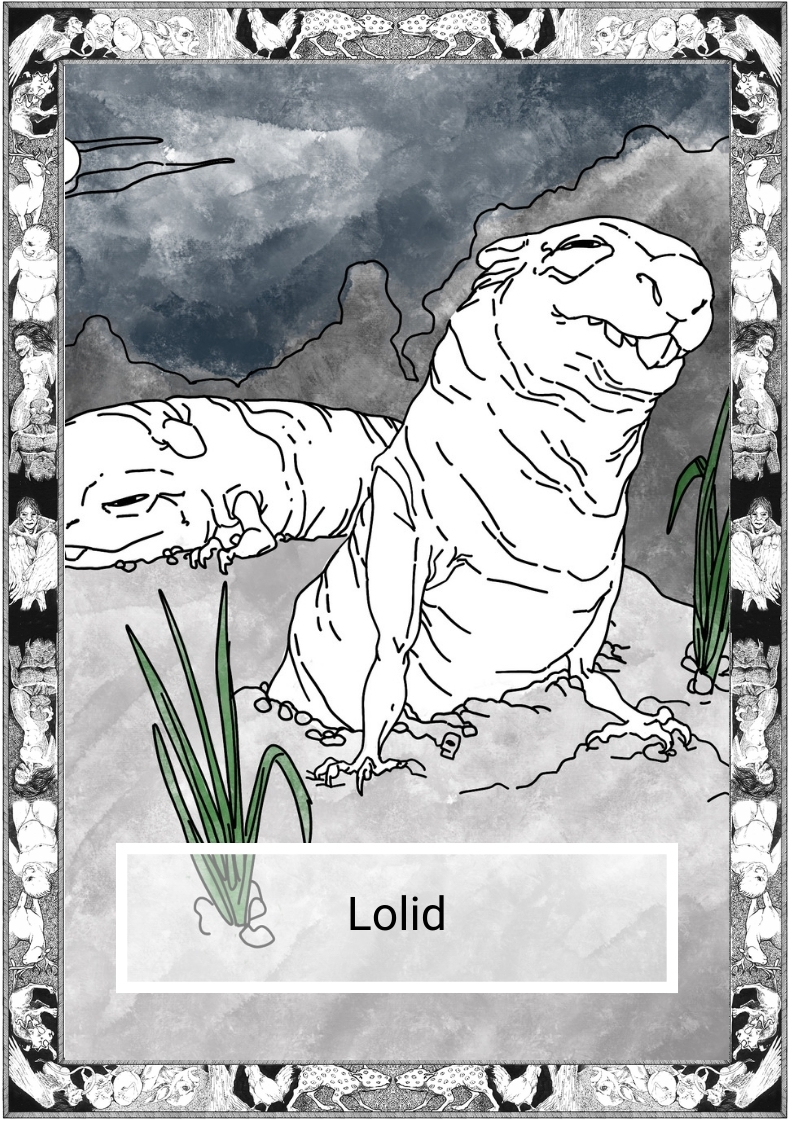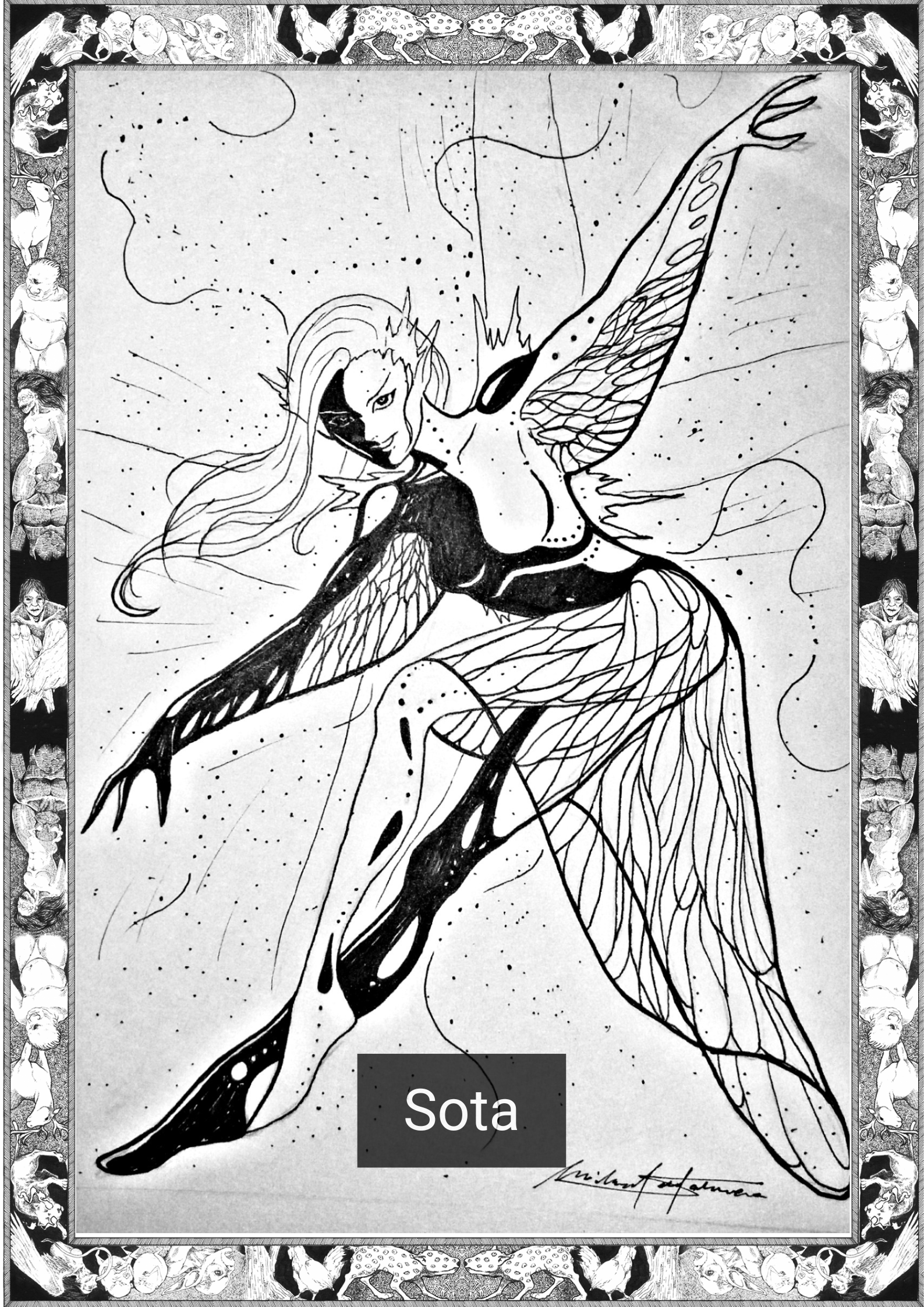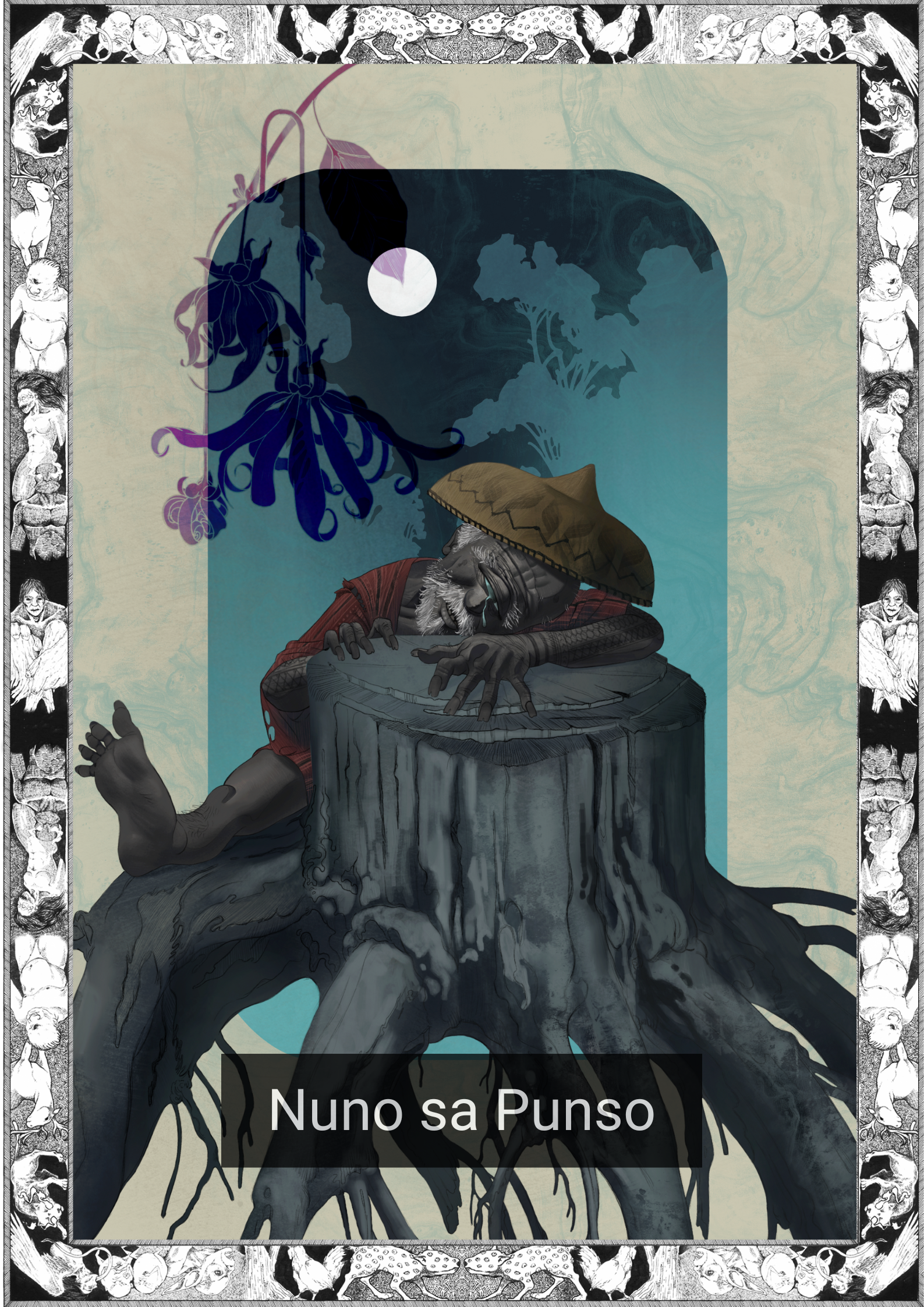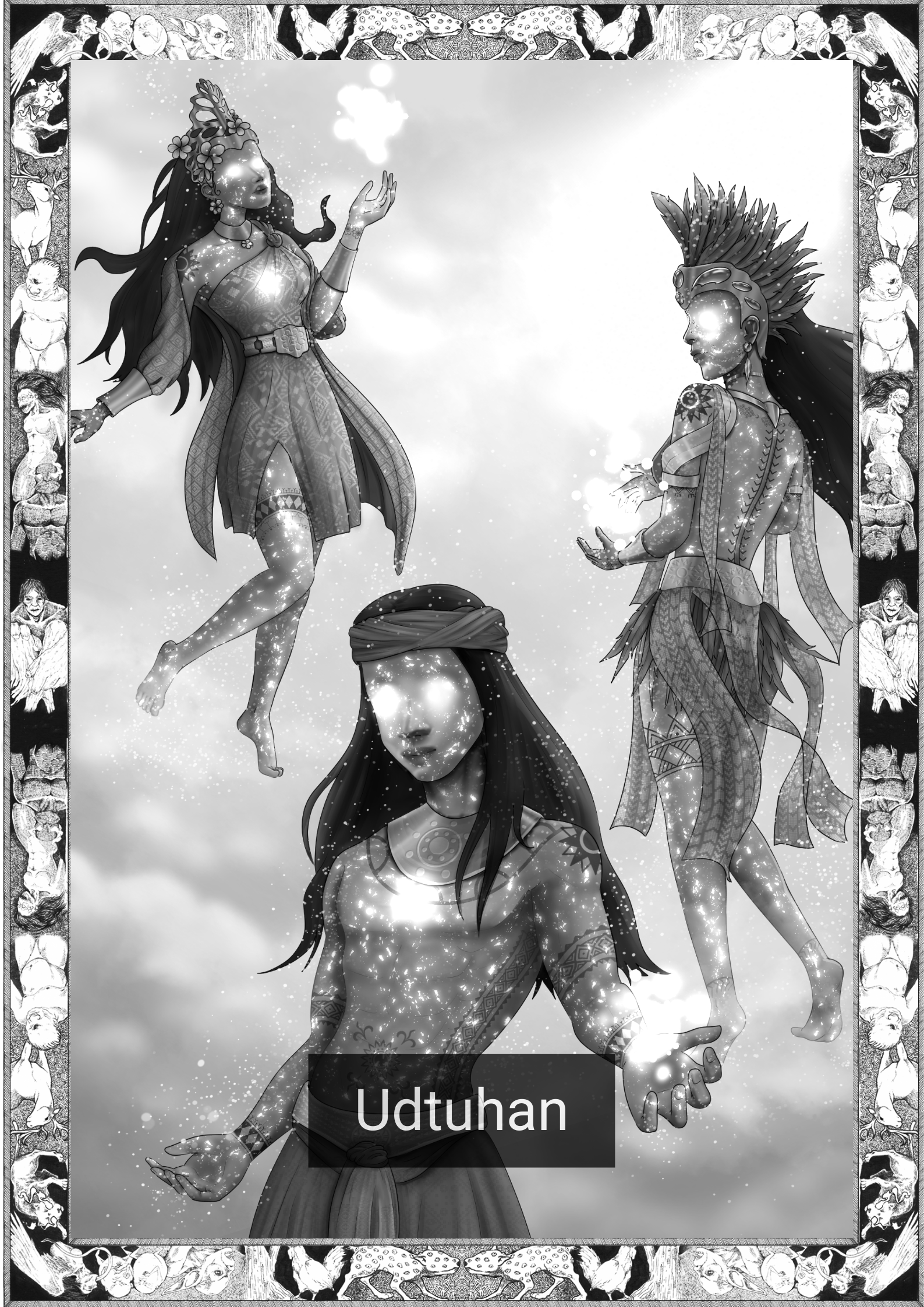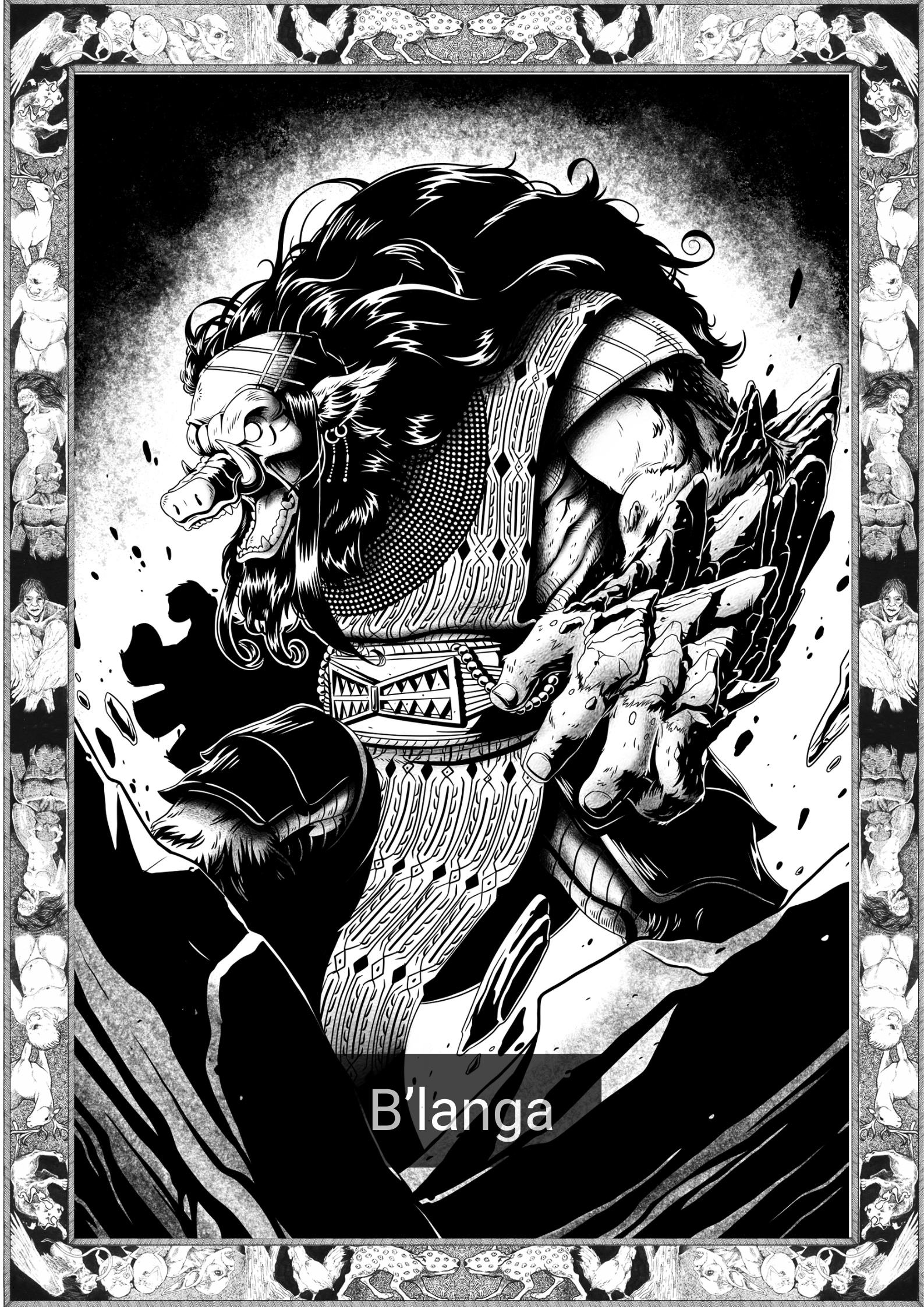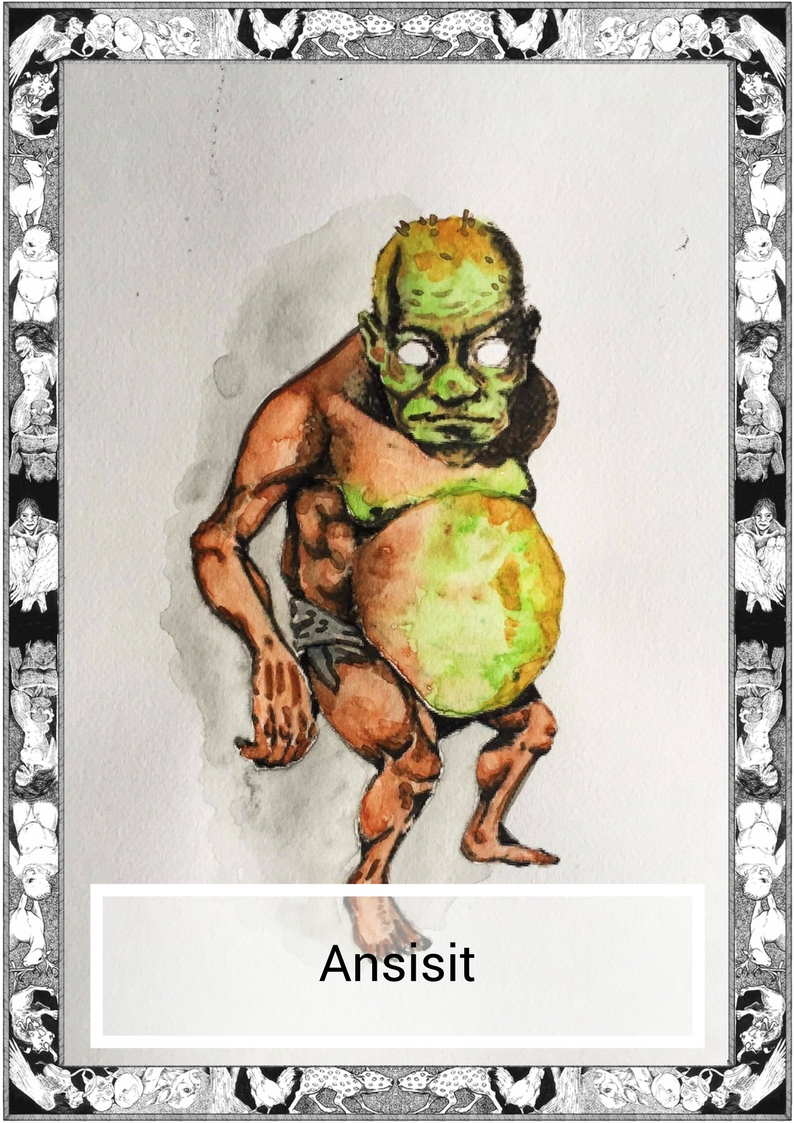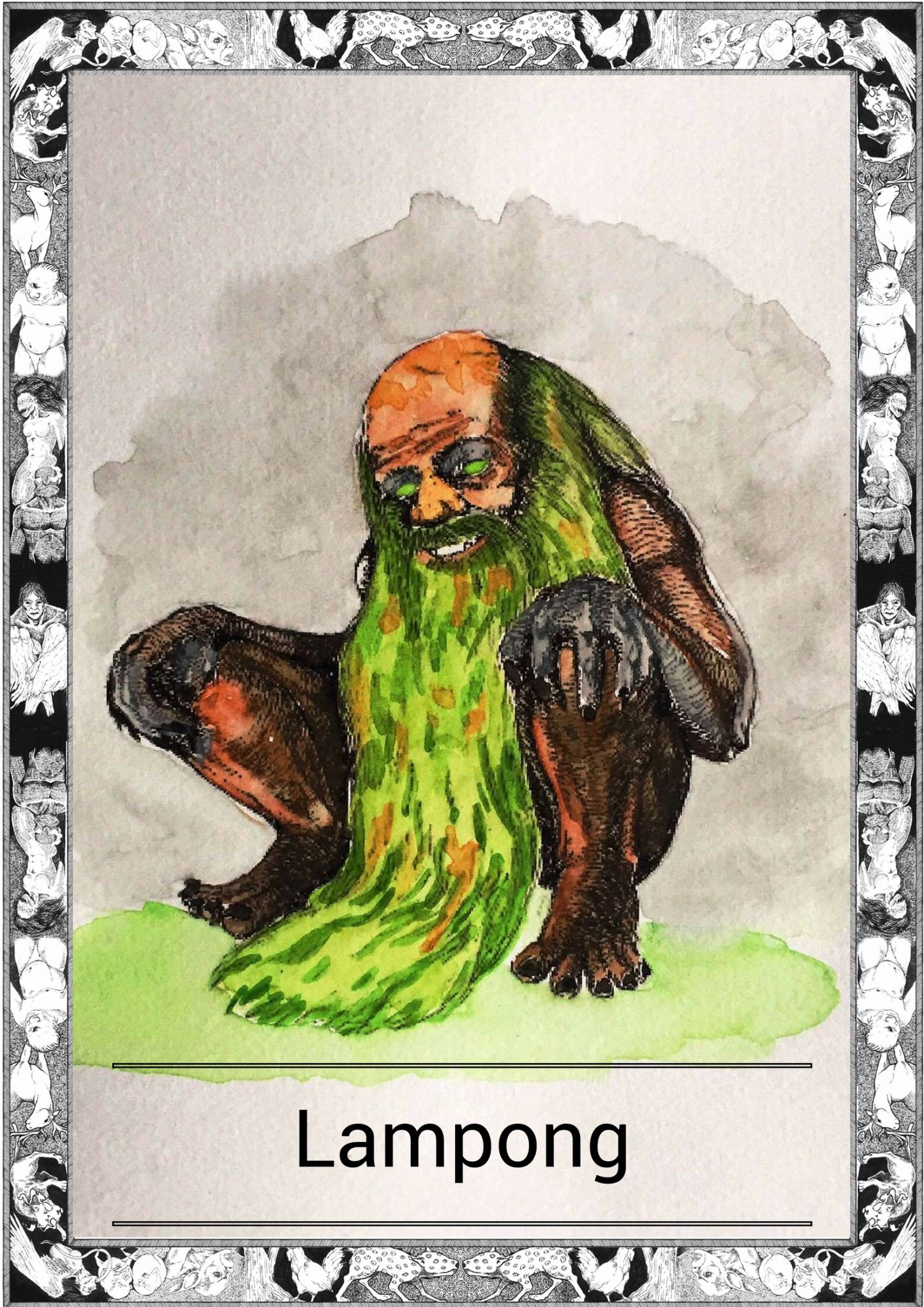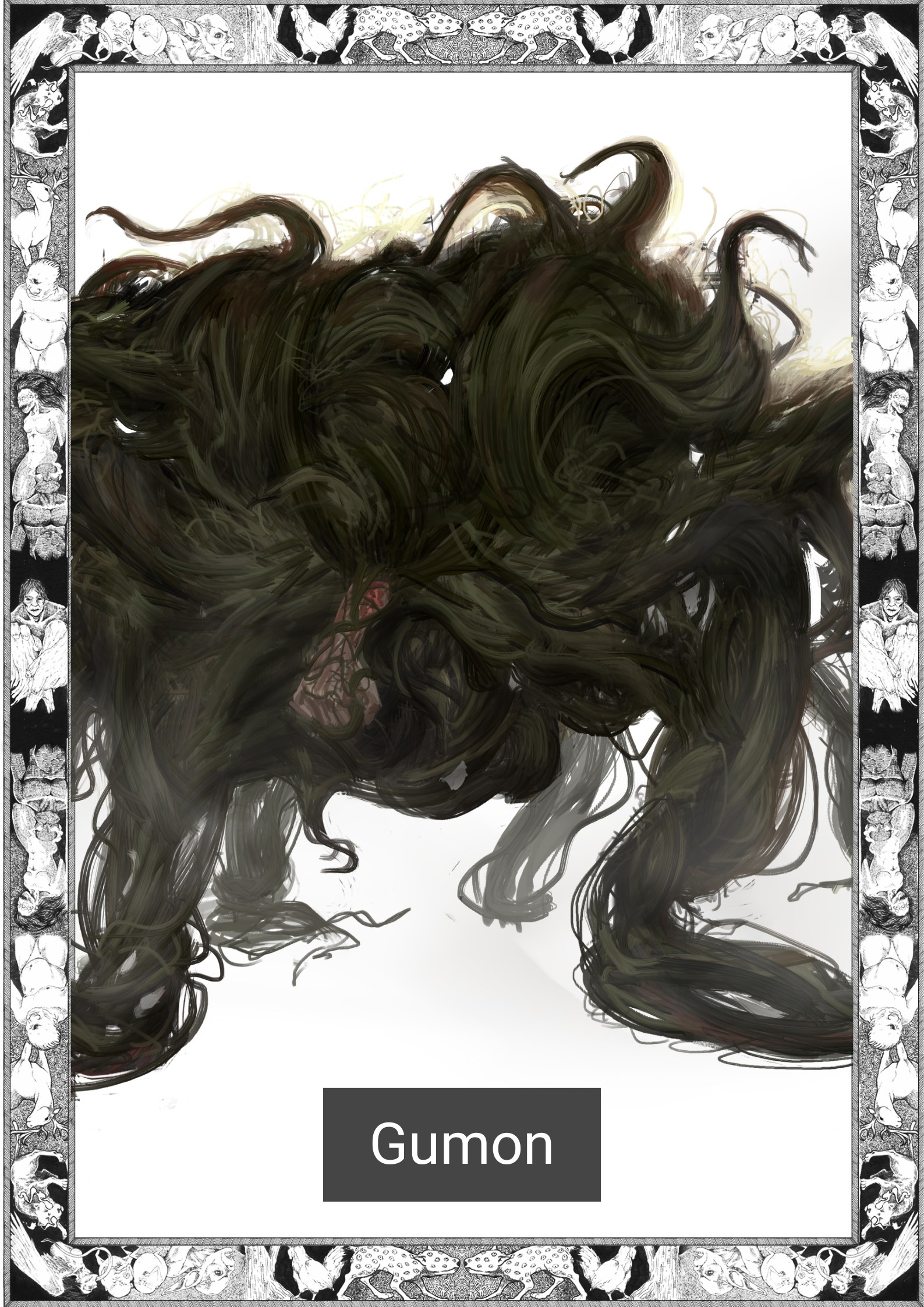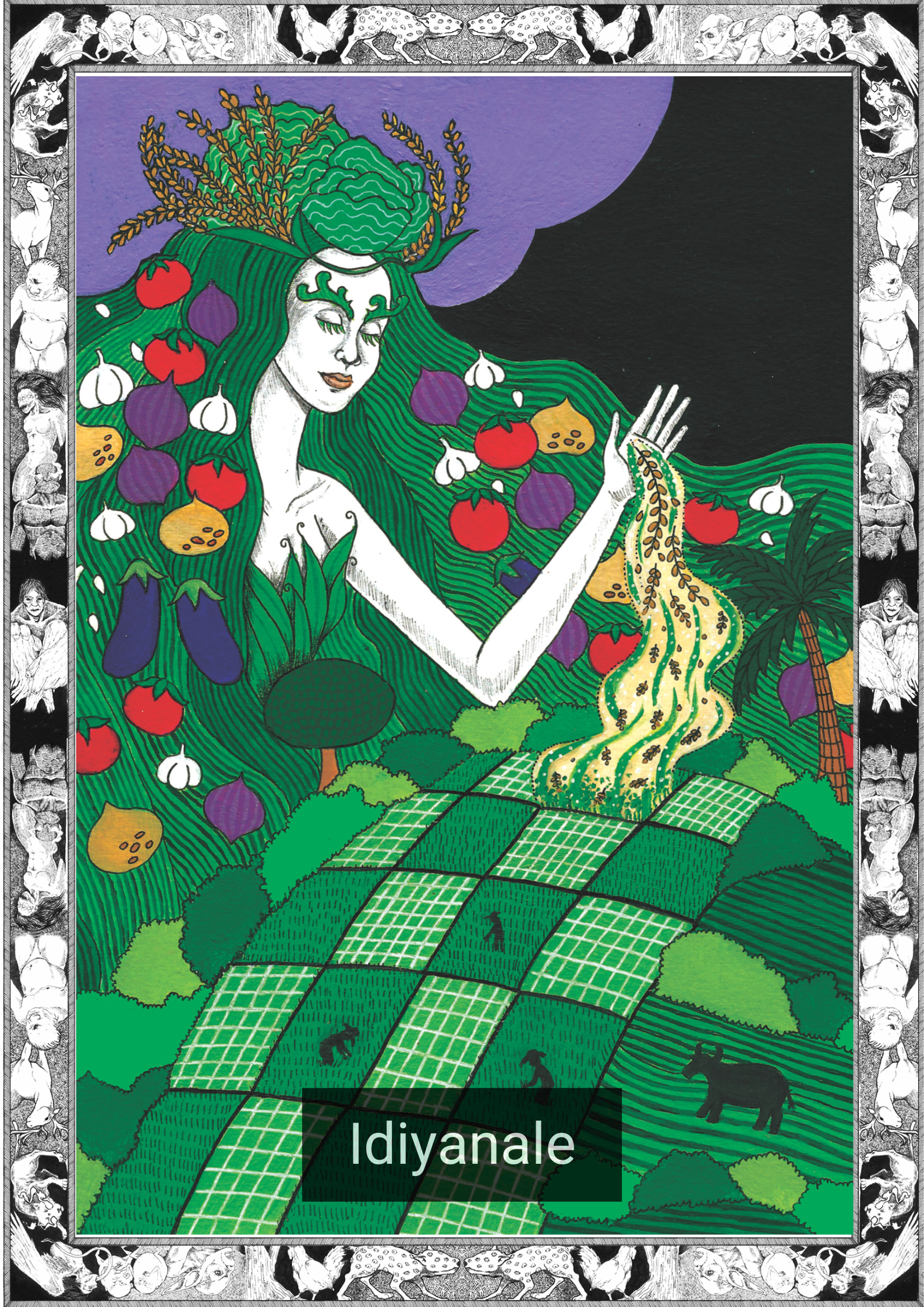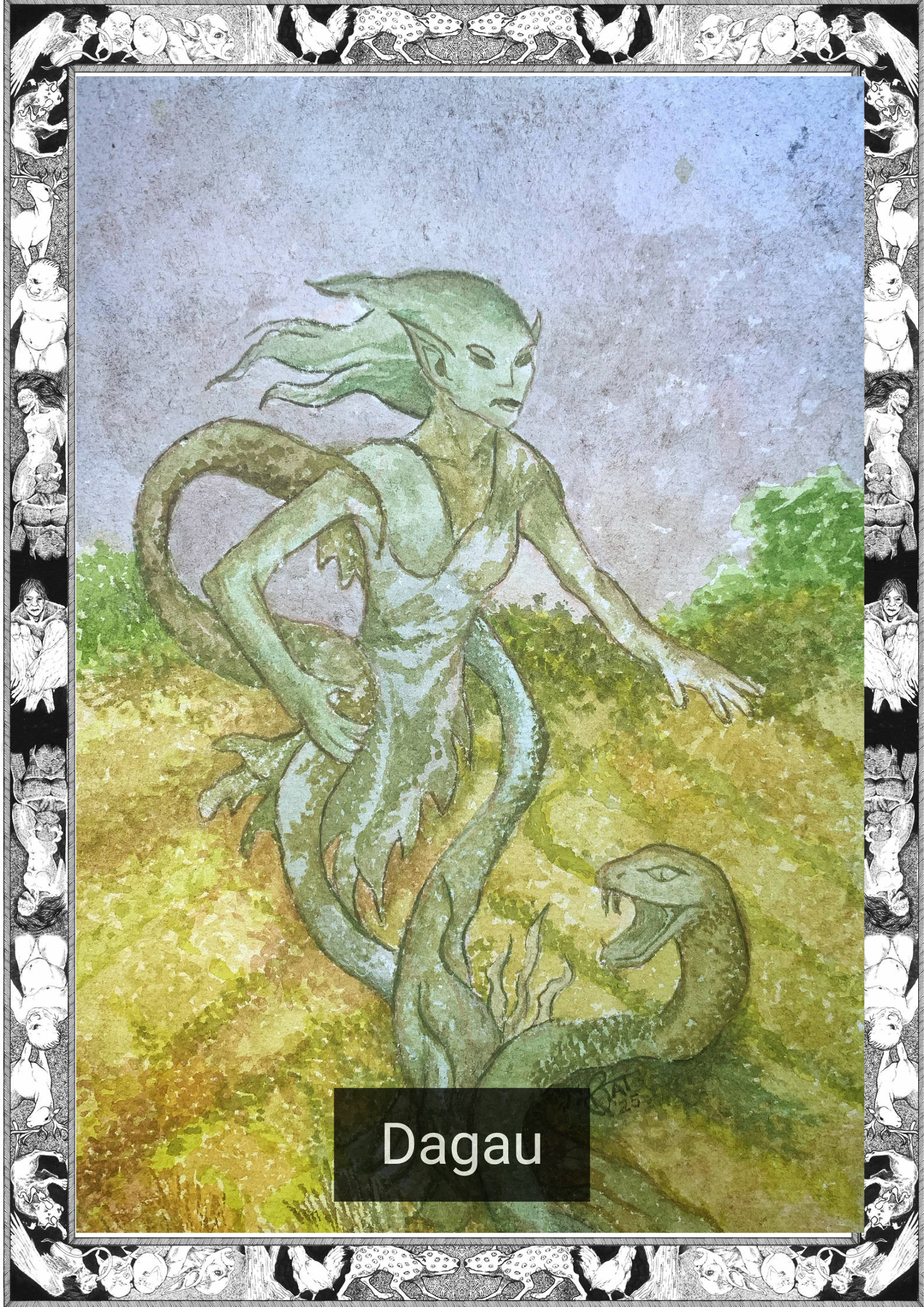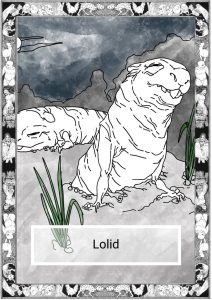
*Note this story is in Cebuano
Pila ka adlaw sukad nga ako nasakit
Matud pa kanila, tungod kini kay aduna akoy nabuhat nga gikasuko sa mga Espiritu. Apan wala ako mahibalo kay nasayod akong dili ko kadto mabuhat.
Nasayod ako nga dili gyud ko buot making-angayon ug dili ako muadto anang lugara, ang kalangasan dili angay kanako, ug dili kini alang kanako.
Nihinga ako ug luwam samtang miagi kanako ang babaylan
Gilantaaw ko pag-ayo ang ritual nga iyang gibuhat. Nangayo siya ug kulon nga makasigo ug usa ka gantang.
Ug dayon nangayo siya ug buak nga plato sa mga intsik ug iya kining gisulod sa kulon.
Paghuman niana, gitawag niya ang Lolid.
Ang usa mga giya namo nagsulti kanako nga anaa ako sa dili saktong lugar ug sa dili saktong panahon. Ang Lolid usa ka espiritu nga dili makita nga nagalibot sa maong lugar ug wala kini silay mga kasway.
Imposible nga makakita ako kanila.
Giuyog-uyog sa babaylan ang kulon, naghimo og dakong kaguliyang sa iyang pagsinggit.
“Du-ol na kamong mga lolid nga natomban
Ania na ang among bayad
Kuha-a na ang inyong kasuko sa pasyente
Ali kamo ug uban kanako didto sa kawayanan.”
Ang babaylan migawas sa balay dala ang kulon samtang iya kining ginauyog hangtod nga naabot sa pinakaduol nga kawayanan.
Gibutang niya ang kulon say uta ug gitangtang ang taklob niini ayha siya milakaw.
Ug niana, nahuman ang ritwal.
Ang babaylan miingon nga mudangat pa ug pipila ka adlaw bag-o ako maayo sa akong balatian, ug nakati ko og kalipay.
Ug niining panghitabua, nasayod na ako ug nahigmata sa usa ka leksyon:
“Maglantaw sa kanunay kung diin ako magtunod.”
=——————=
English Version
It’s been days since I got sick.
They tell me that it’s because I did something to anger the spirits, but I know I would never do that, not knowingly at least.
I knew I never should have gone out, nature isn’t my thing and after this I don’t think it will ever be.
I breathe deep as the babaylan passes me.
I take special care to see what he does during the ritual. He asks for a pot with a capacity of one ganta. He then asks for broken china plates which he puts inside the pot.
Then he calls for the lolid.
One guide tells me that I was in the wrong place at the wrong time. The lolid are invisible spirits that roll around because they have no limbs. It would have been impossible for me to see them.
The babaylan shakes the pot, causing a great commotion as he shouts:
“Do-ol na kamong mga lolid nga natomban
(Come here now invisible beings that were stepped)
Ari na ang among guibayad
(Here now is our payment)
Kuha-a na ang inyong kaligotgot sa mada-oton
(Remove now your anger from the patient)
Ari na kamo ug uban kanako didto sa kawayanan
(Come to me now and go with me to the bamboo thickets)”
The babaylan exits the house with the pot and shakes it until he reaches the bamboo groves close by. He places the pot on the ground and removes the cover as he leaves.
It is then that the ritual is completed.
The babaylan says that it will take a few days before I get better and I sigh with relief.
Coming from all this I know I learned one lesson:
I should watch where I step.
=—————————–=
*The Cebuano language, alternatively called Cebuan and also often colloquially albeit informally referred to by most of its speakers simply as Bisaya (“Visayan”, not to be confused with other Visayan languages nor Brunei Bisaya language), is an Austronesian regional language spoken in the Philippines by about 21 million people, mostly in Central Visayas, western parts of Eastern Visayas and most parts of Mindanao, most of whom belong to various Visayan ethnolingusitic groups, mainly the Cebuanos. It is the by far the most widely spoken of the Visayan languages, which are in turn part of wider the Philippine languages. The reference to the language as Bisaya is not encouraged anymore by linguists due to the many languages within the Visayan language group that may be confused with the term.
Written by Karl Gaverza
Cebuano Translation by Anelyne Ruflo
Copyright © Karl Gaverza
Translation Copyright © Anelyne Ruflo
Inspired by The Bais Forest Preserve Negritos: Some Notes On Their Rituals and Ceremonials by Timoteo S. Oracion (1967) in Studies in Philippine Anthropology (In Honor of H. Otley Beyer)
Lolid Illustration by Leandro Geniston
FB: That Guy With A Pen
